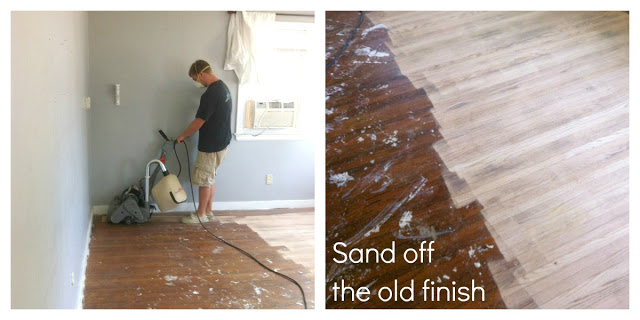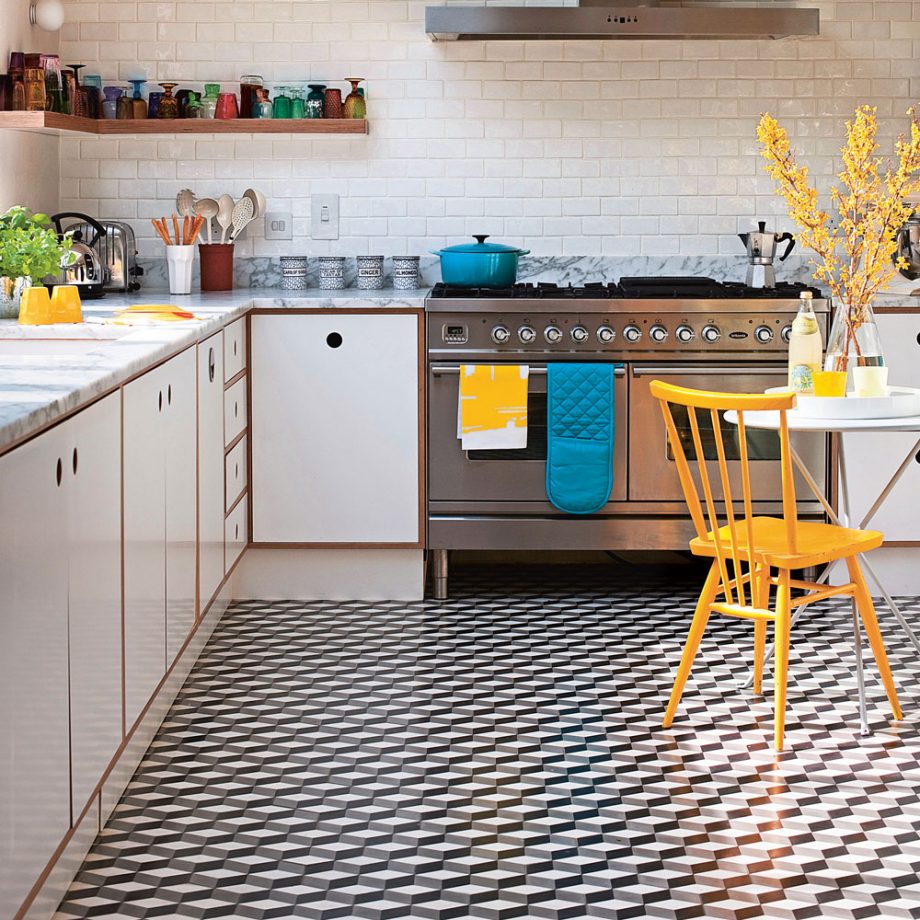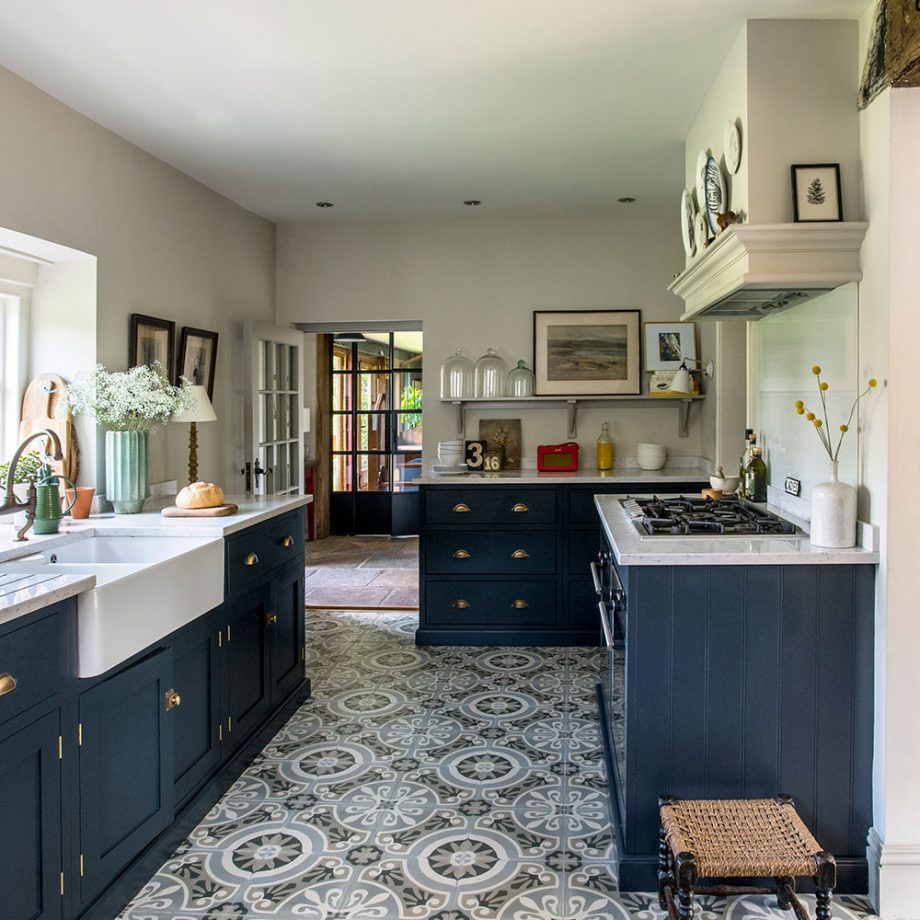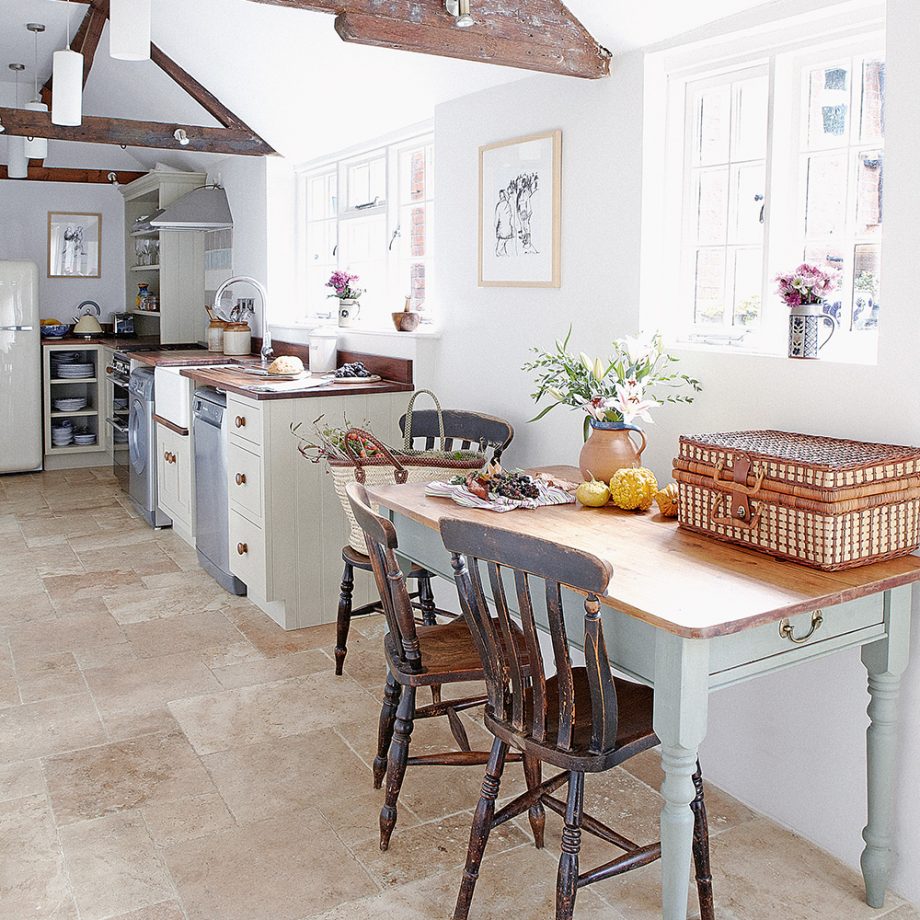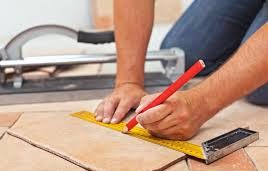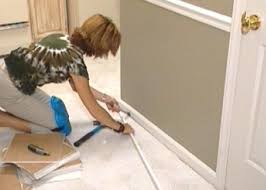How Often Should You Clean Your Carpet & Area Rugs?
Your floors are among the most heavily used features of your home. Without proper care, your area rugs and carpet can become ragged, worn, and stained. It may be tempting to neglect care for your carpet and rugs, but doing so will lead to a shortened lifespan and deteriorating appearance. To keep your flooring in good condition, follow this simple cleaning regimen.
Vacuum Often
Running your vacuum is one of the primary ways you can combat carpet and area rug damage. Vacuuming keeps dirt, dust, and other stain-causing substances from settling into the fibers of your area rugs and carpet. Vacuum your whole home at least weekly. For areas with high traffic, vacuuming more often can help prevent wear and tear. Be sure to adjust the height setting to accommodate the various lengths of fibers throughout your home. If you are a pet owner or you have small children, vacuuming daily can help to keep staining and soiling at bay.
Spot Treat Immediately
Untreated spills are the enemy of carpet and area rugs. The longer stains have to sit, the more they will penetrate into the fibers of your flooring. For wet spills, first use a clean, dry towel to soak up the excess moisture. Then use a specialized carpet cleaning spray or a simple vinegar and water solution to treat the remaining stain. Never use bleach on your carpet as it can interact unpredictably with dyes. If you are having trouble getting the stain out, you may want to contact a professional carpet cleaner. Trained experts can identify and treat your carpet with a specialized system.
Professional Clean Yearly
There are a number of different ways to protect your area rugs and carpet from damage. One of those ways is to schedule regular, professional cleanings. Professional cleanings are an excellent way to extend the life of your carpet and rugs. Even though your floor may not have any specific stains, the overall condition of your carpet will benefit from a professional carpet cleaning. Professional carpet cleaning will
- Remove dust and allergens
- Freshen the carpet’s smell
- Ease carpet maintenance
- Improve indoor air quality
- Restore carpet’s appearance

Keeping your carpet clean with pets
Clean and dry paws when pets come inside
To help keep your carpets from getting as dirty, it helps to clean paws when pets come in from outside. Keep an old towel by all the doors to your home and make sure that all family members know that they need to wipe paws before pets are let back into the whole house.
In the north, consider covering pets’ paws with paw wax or booties in the winter before they go outside. It will help with muddy paw prints on carpet but, more than that, it will protect paws from salt that is so often put down to melt ice on sidewalks and streets. Deicing salt can irritate paws and pets can then ingest the salt when they lick their feet after a walk. Then either take off the booties or wipe off the wax when you get home!
Use area rugs or runners to protect high traffic areas of carpet
Another tip to keep your carpet protected is to use area rugs or runners, especially in hallways and other high traffic areas. Area rugs can reduce wear and tear on those spots in your carpet that get the most use – like the hallway between the kitchen and bathroom or the carpet in front of the stairs or couch. Another good thing about area rugs is that they are easy to move to vacuum around and easy to clean more often.

How Often Should You Shampoo Carpets?
Not only can carpet be beautiful to look at, but it is also comfortable to walk on, and it’s warm during the winter months. Carpet can add to the R-value of your floor’s insulation, which can help to lower your energy bills. And when properly cleaned, carpeted floors can actually help reduce allergy symptoms. The key phrase is “when properly cleaned.”
Household Size
Many carpet manufacturers and professional carpet cleaning companies recommend having residential carpets professionally cleaned every 12 to 18 months. One of the factors that affects the frequency of shampooing is the number of people in the household. A couple with no children who do little entertaining would not need to shampoo their carpets as frequently as a family with several children who frequently entertain guests.
Pets
Pets that stay inside all or most of the time have a smaller impact on the frequency of carpet shampooing than pets that are permitted to go outside frequently. Pets that have unattended access to the outside via a doggy door can track significantly more dirt into the house and onto the carpet. This type of traffic will require more frequent spot cleaning and carpet shampooing.
Heavy Traffic Areas
Most homes have an obvious traffic flow. Because people tend to walk the same path between rooms, these areas of the carpet will get soiled much more quickly than other areas. Some rooms in the home, such as the living room or entertainment room, will get more foot traffic than a spare bedroom. These heavily trafficked areas will need to be shampooed more frequently than their less-used counterparts.
Environment
Environmental factors can affect how frequently you need to shampoo your carpet. During periods of heavy rain, it is easy for family members and guests to track mud into the house and onto the carpet. Dry seasons make dust a problem that can settle into the carpets, requiring shampooing. By asking everyone to remove their shoes at the entryway, much soiling can be prevented.
Prevention/Solution
Proper maintenance of your carpet can extend the time between professional cleanings. Regularly vacuuming the carpets, at least twice a week and more often on heavily trafficked areas, will help remove a great deal of dirt and debris. Spot cleaning stains as soon as they occur will also help to extend the time between shampoos.
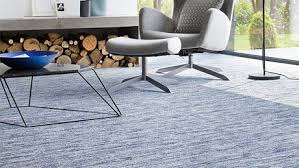
Why care about your carpet cleaning calendar?
Dingy carpet hurts your business far beyond merely looking a little ugly. Clean carpet serves your business in a variety of ways…
- Regular cleanings extend the life of your carpet, saving you money.
- Own commercial building space? Regularly cleaning carpets cuts down on complaints and liability for building owners and managers.
- Clean carpets are part of the image your business projects, helping customers feel at home in your location and employees feel positive and productive.
- Clean carpet reduces loose particles, protecting indoor air quality – and subsequently the health of your customers and employees. Keeping carpets clean has even been shown to reduce exposure to cancer causing substances that can be collected in carpet fibers.
- Clean carpet reduces illness-inducing biological contaminants (bacteria, viruses, mold, etc.) that can negatively affect your business.
When choosing a professional to get the carpet truly clean, it takes three critical components
“The first is adequate equipment. The equipment must be able to deliver heated cleaning solution, scrubbing action, and extraction. There are countless styles of carpet cleaning equipment. Not all of them provide all three attributes.
“The second component to getting the carpet truly clean is proper cleaning solution. Choose a cleaning solution that will not leave a soapy residue and that has a safe pH. Many cleaners will use lots of soap that clean well but leave a soapy residue that cause the carpet to re-soil quickly or they may have a very aggressive cleaner that leaves the carpet with dangerous residues that could cause skin irritations. The third component to getting the carpet truly clean is the technician. Choose someone who has been trained and certified.”
What sorts of cleaning products might be best for the job can also depend upon the material from which your carpeting is made
“Depending on the material your carpet is made of, different cleaning solution and cleaning method should be applied. For example, carpets made of synthetic materials such as polyester, are more durable and stains are easier to remove. On the other hand, carpets made of natural fibers such as wool are more gentle, so using harsh cleaning solutions is not advisable.”
